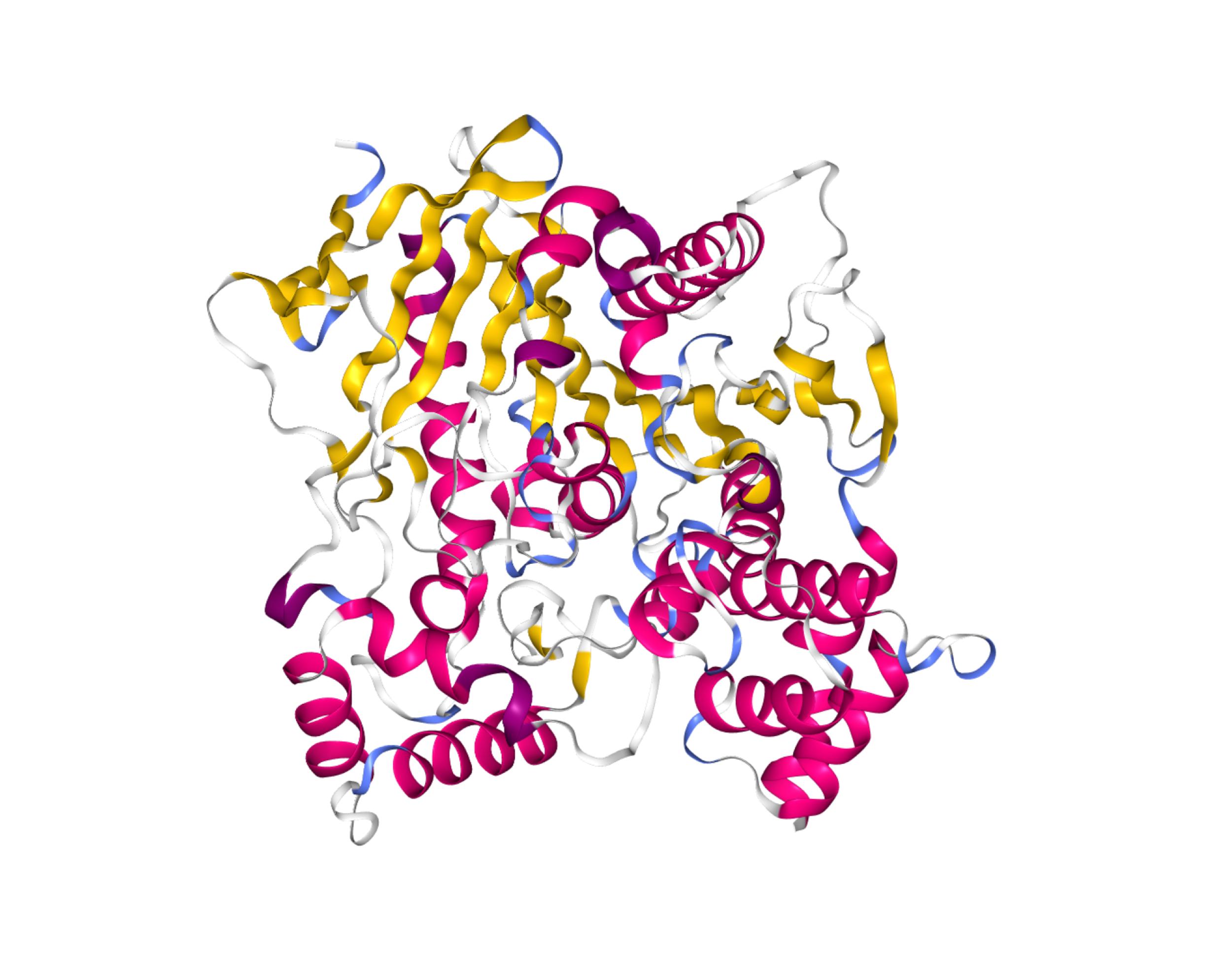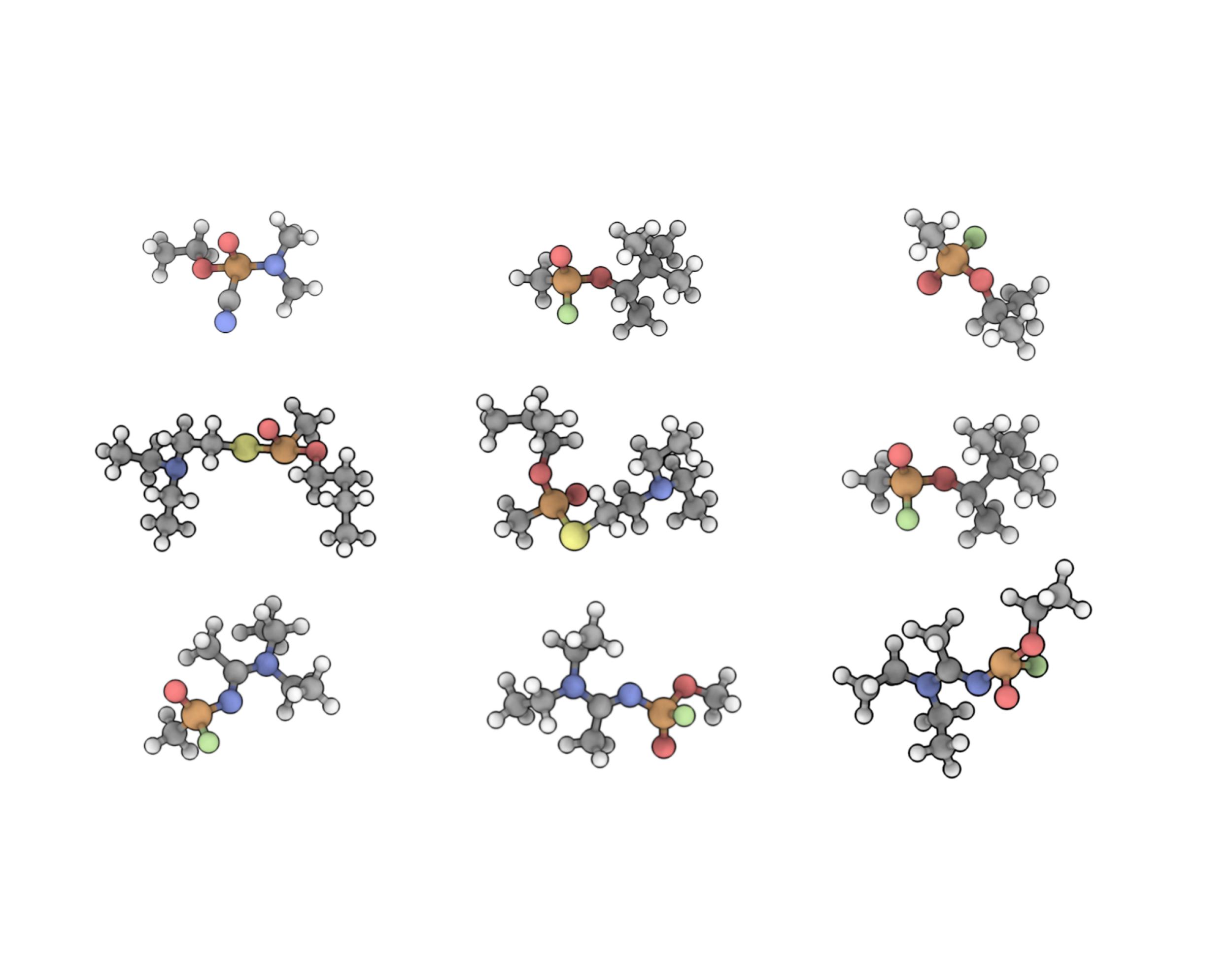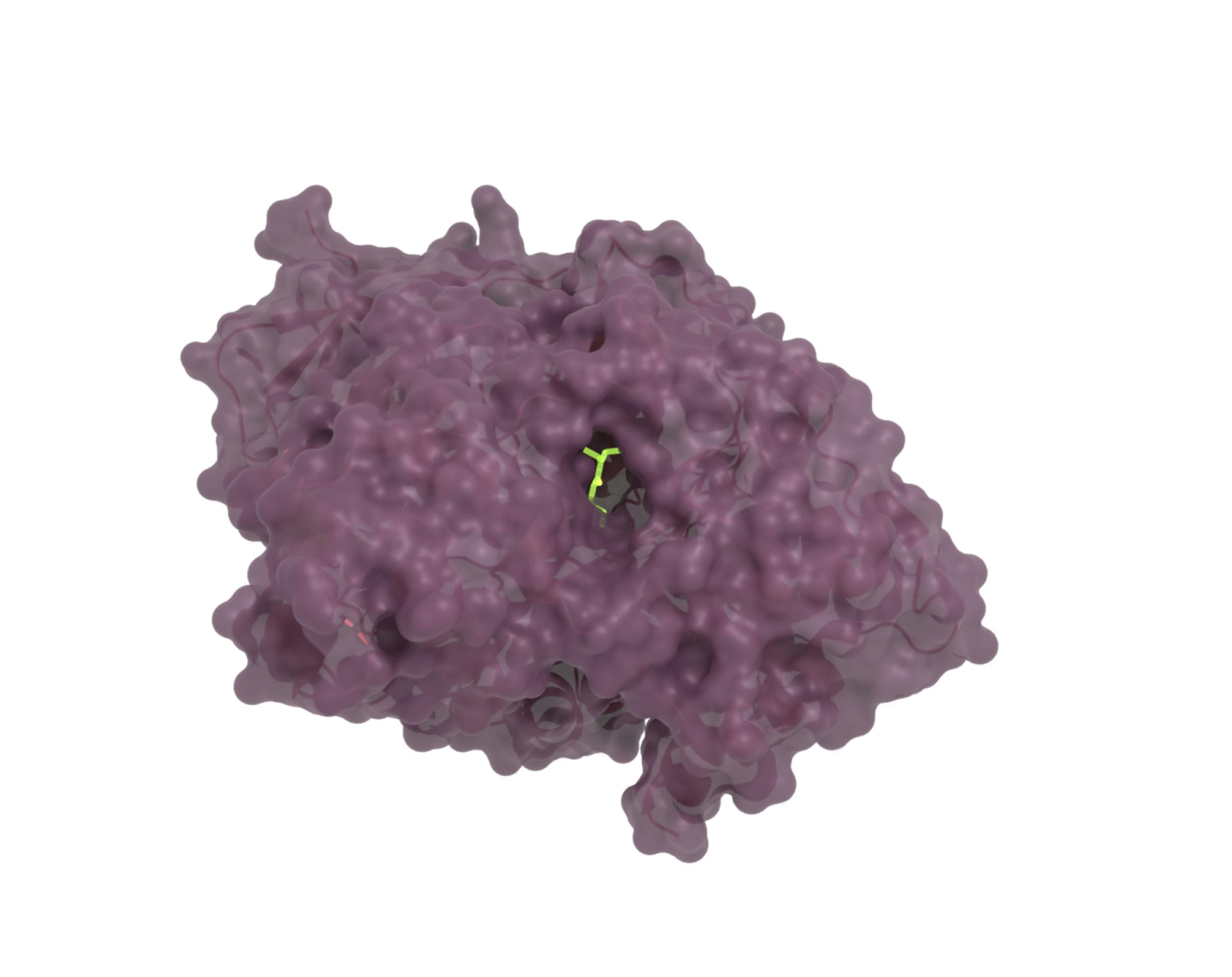A Molecular Perspective on Novichok Nerve Agents
Welcome to this blog post, a companion piece to my recent review paper titled "Molecular Origin of Novichok Nerve Agents". Unlike my previous blog posts, this endeavor is less about broad appeal and more about delving into a somber and significant topic. The review paper was originally written as part of a course on computational neuroscience at NMBU and focuses on the molecular aspects of Novichok: a notorious family of nerve agents known for their devastating impact on the human body and its nervous system. The impetus behind releasing this paper to the public comes from the Klas Pettersen , a driving force in bringing awareness to the critical scientific issues in Norway, to whom this blog post is dedicated. As you read through, keep in mind that this blog post serves as a supplementary guide to the detailed information presented in the original review paper. For those interested in a deeper understanding, I refer you to the full review paper, posted on ChemRxiv.

Nerve agents, also known as nerve gases, are synthetic organic chemicals designed to disrupt the communication between nerves and muscles. Exposure to these agents results in uncontrolled convulsions and, in severe cases, can lead to death due to asphyxiation or cardiac arrest. The disruption is primarily caused by the inhibition of acetylcholinesterase, a crucial enzyme that plays a vital role in nerve function in the body's muscles. At a neuromuscular junction, action potentials release acetylcholine, which binds to receptors on the muscle cell membrane, initiating muscle contraction. Acetylcholinesterase is essential for recycling acetylcholine, preventing its accumulation and maintaining the proper functioning of the neuromuscular junction. Irreversible inhibition of acetylcholinesterase, by for instance nerve gasses, leads to the buildup of acetylcholine, causing impaired neuromuscular junctions, which eventually leads to paralysis or convulsions.

During the Cold War era (1947-1991), heightened geopolitical tensions between the United States and the Soviet Union, and their respective allies, fueled a comprehensive competition. In contrast to the well-publicized race to the moon, the scientific advancements also included the clandestine development of chemical warfare agents by both sides, resulting in various agents targeting acetylcholinesterase. Of particular infamy is the USSR's fourth and final class of neurotoxins, known as newcomers or novichok. In the early 1970s, the State Institute for Scientific Research on Organic Chemistry and Experimental Technologies in the USSR undertook the development of novichok. Their task was to create undetectable, safer-to-use, and highly penetrative poisonous compounds, synthesizable without violating the Chemical Weapons Convention. The novichok program was shrouded in high-level secrecy, and its chemical structure was only revealed in 1995 by Russian scientists Lew Fiodorov and Vil Mirzayanov.

The hydrolysis of acetylcholine by acetylcholinesterase is highly efficient, degrading approximately 25,000 molecules of acetylcholine per second. Noteably, in acetylcholinesterase, substrates are not bound by a negatively charged amino acid in the anionic site, as in some other enzymes, but by interaction of 14 aromatic residues that form a long and narrow gorge leading to the catalytic site. Nerve gases aim to disrupt this hydrolysis through competitive inhibition, where the nerve gas molecule competes with acetylcholine for access to the enzyme's active site. More specifically, novichok agents act through covalent binding which occurs with a serine residue in the catalytic site of acetylcholinesterase. The compounds initially binds to the target enzyme through regular non-covalent bonds, similar to reversible inhibitors, stabilizing the covalent warhead so that it has sufficient reactivity to form a covalent bond with the enzyme's catalytic zone.
The content of this blog post reflects my personal opinions and insights and should not be attributed to my employer or investors. The information provided in this post is for educational purposes only and should not be construed as medical advice. It is crucial to consult with medical professionals for any mental or physical healthcare concerns. Use of nerve gasses, or any other form of violence is neither condoned nor encouraged by the author this blog post. The blog post is derived from excerpts of the review paper "Molecular Origin of Novichok Nerve Agents", based on research conducted at the University of Oslo.
